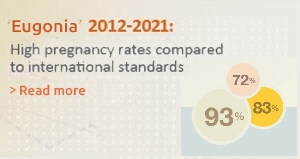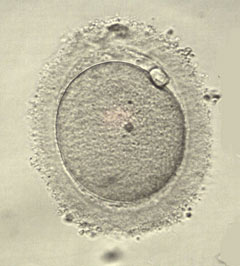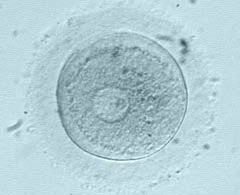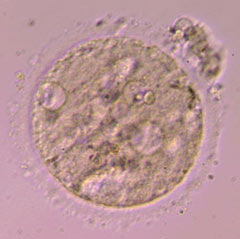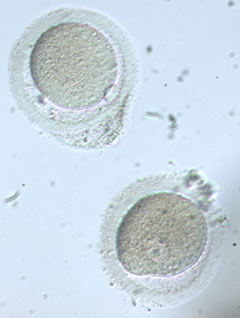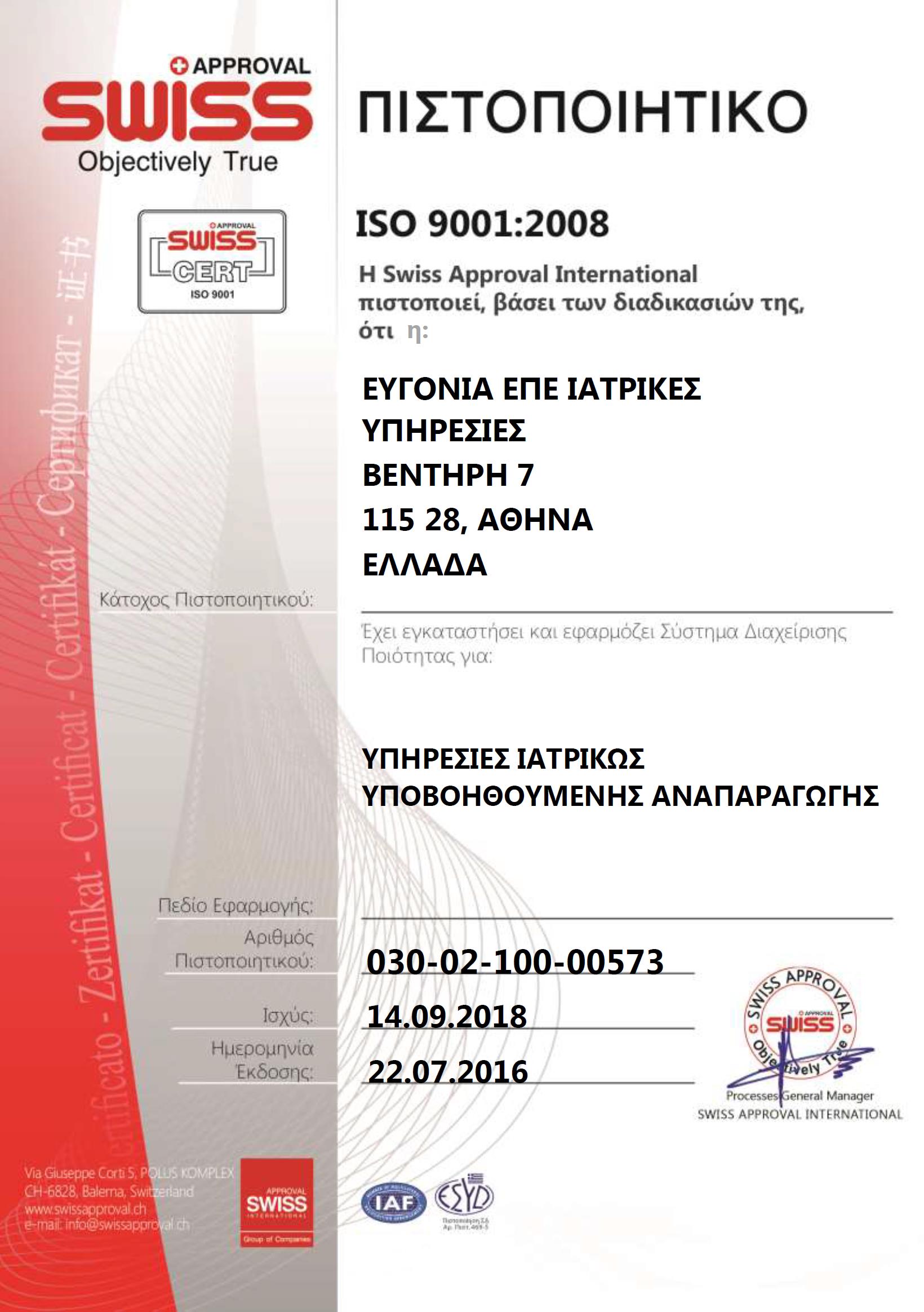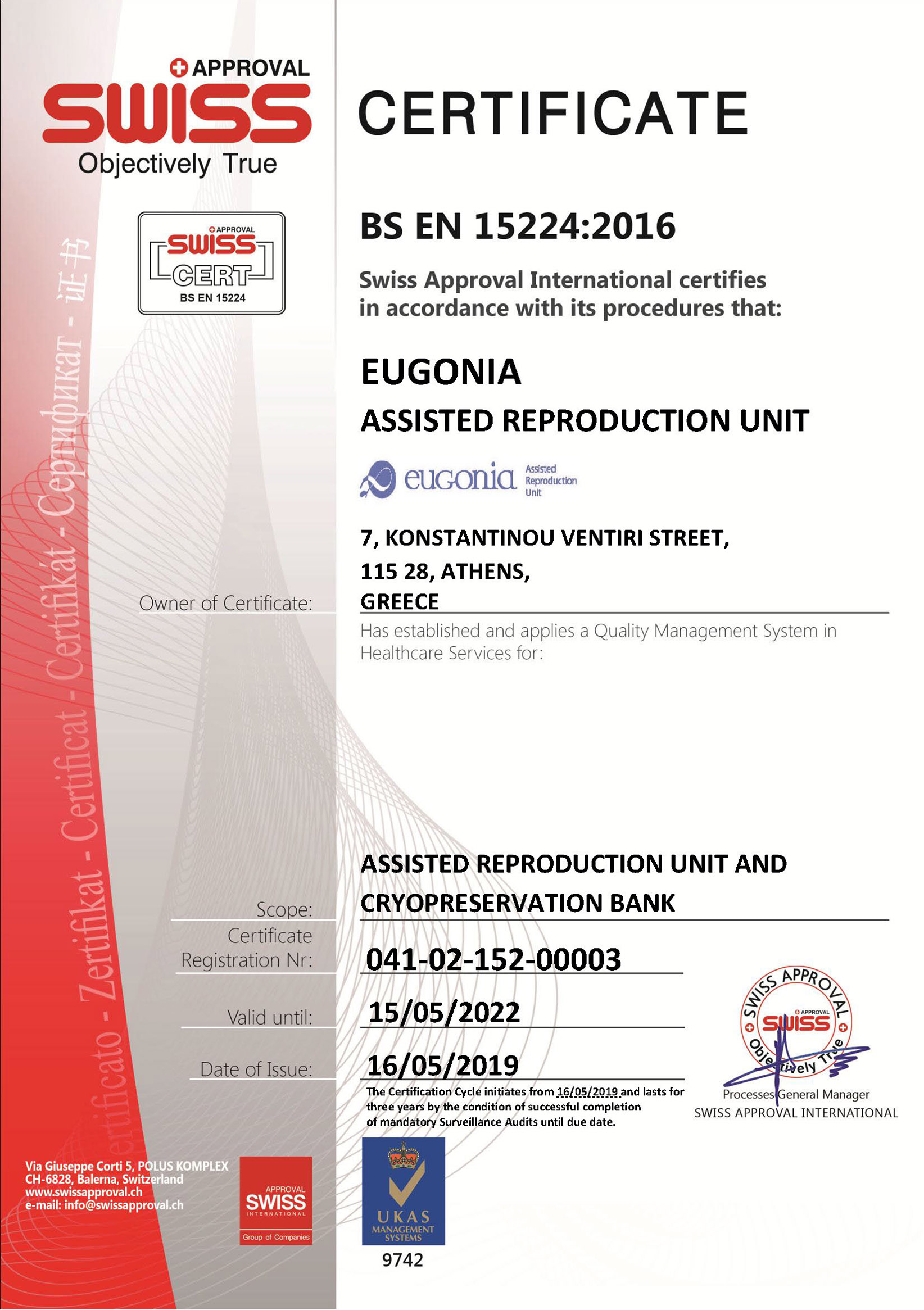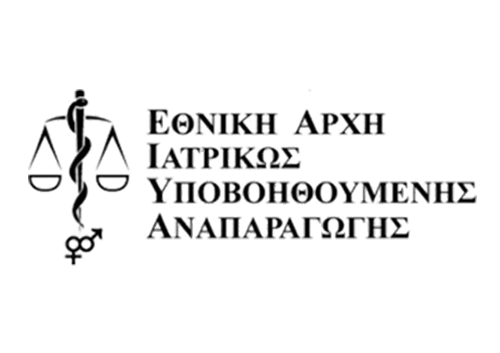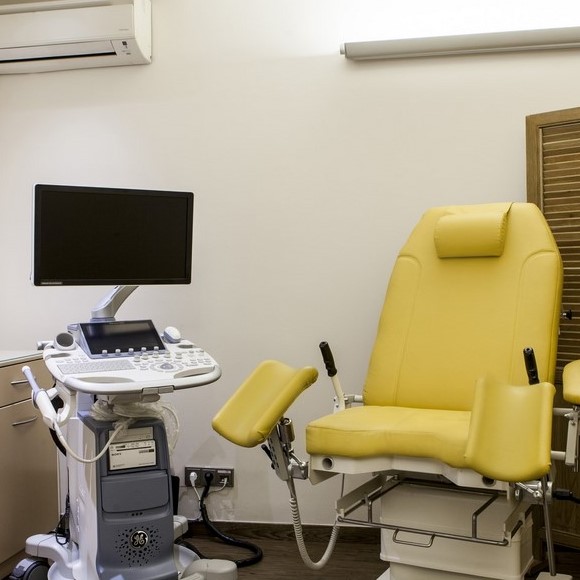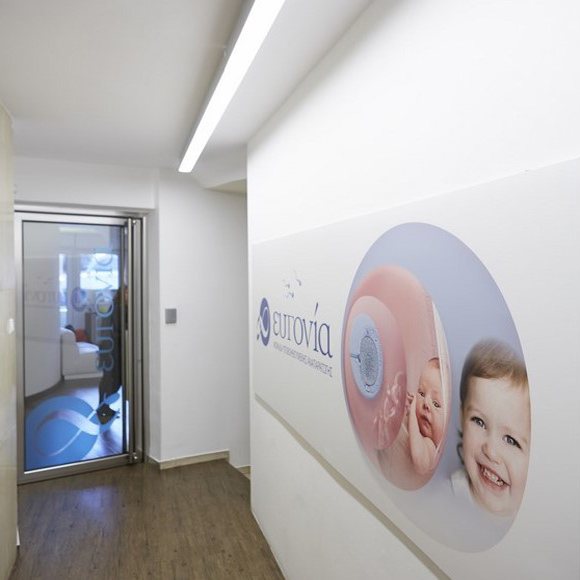Usually not all collected oocytes can be fertilized. In order to be fertilized, the oocytes must be mature both chromosomally and cytoplasmically, and be of good quality. During conventional IVF about one third of the oocytes are not fertilized mainly due to the lack of sperm penetration. However, even after ICSI some oocytes are not fertilized and this may be due to the inability of the oocyte to interact with the spermatozoon or the inability of the spermatozoon to induce oocyte activation.
Oocyte maturity
Maturity of the oocytes is a prerequisite for their fertilization. Only mature oocytes have undergone a full meiotic division and are haploid (23 chromosomes). IN this state they are ready to be fertilized by sperm, which are also haploid. Therefore, the resulting embryo will have the normal number 46 of chromosomes and be diploid. The triggering of final oocyte maturation is induced by LH or the administration of hCG.
Metaphase II
This is the stage of a mature oocyte that has the potential of being fertilized. The stage of metaphase II (MII) indicates that the first meiotic division has been completed and cell cycle is suspended at the MII stage. The pairs of homologue chromosomes are divided in the two resulting cells, which are uneven in size. The larger cell is the oocytes, and the smaller cell is the 1st polar body that has half the number of chromosomes and little cytoplasm.
Immature oocytes cannot be fertilized because they have 46 chromosomes (diploid) hence fertilization by a haploid sperm would give rise to a zygote with 69 chromosomes. However, in some cases immature oocytes can be matured in vitro in the laboratory. During IVF, only a small percentage of oocytes is usually immature.
There is a correlation of oocyte maturation and follicle diameter, although this is not always true. It is possible to collect mature oocytes from smaller follicles and vice versa.
Metaphase I
Metaphase I (MI) represents an oocyte of intermediate maturity. It is characterized by the absence of the 1st polar body and is surrounded by a dense layer of cumulus cells.
Germinal vesicle (CV)
An immature oocyte (prophase I of meiosis) is characterized by the absence of the 1st PB and the presence of a germinal vesicle inside the cytoplasm. It is surrounded by a dense layer of cumulus cells. At this stage the nucleus has 46 chromosomes.
Oocyte quality
An oocyte of good quality is characterized by normal spherical shape, clear and homogeneous cytoplasm, small periviteline space and clear zona pelucida. The human oocytes has a diameter of 110-120 μm, and including the zona pelucida it reaches 140-150 μm.
Large oocyte diameter, presence of vacuoles, granulation or large perivitaline space are characteristics related to low oocyte quality or aneuploidies.





